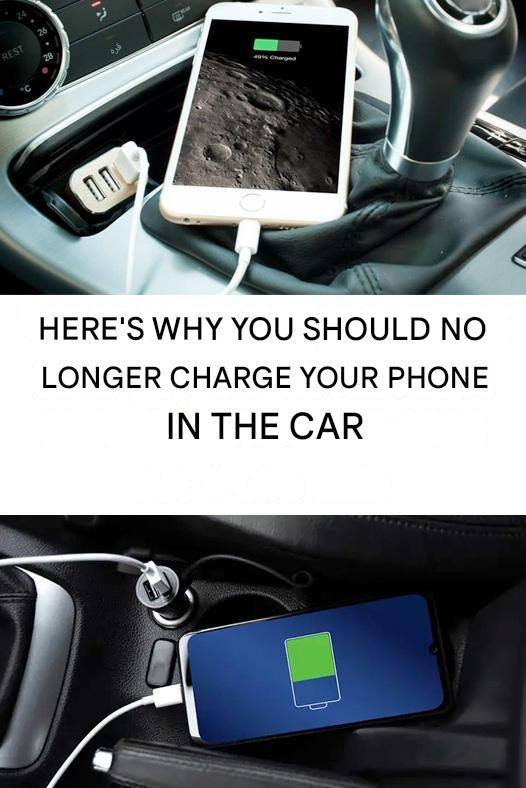ADVERTISEMENT
The charging process might also cause the phone to get hot, and as mentioned earlier, this can further degrade your battery life.
4. Risk of Damaging the Phone’s Charging Port
The car’s power outlet can also be a culprit when it comes to damaging your phone. Over time, the repeated plugging and unplugging of charging cables can wear out the charging port on your phone. Moreover, the vibrations from the car, especially if you’re driving on rough roads, could cause additional stress on both the phone’s charging port and the cable, increasing the risk of damage.
This wear and tear may result in a faulty charging connection, which means your phone might stop charging properly, or it could even stop charging altogether.
5. Strain on Your Car’s Battery
Charging multiple devices at once, including your phone, can put a strain on your car’s battery. While most modern cars are designed to handle the load of charging small devices, using your car’s electrical system for charging over long periods of time, especially when the engine isn’t running, can drain your car’s battery. This might leave you with a dead car battery when you try to start the engine.
If you rely on your car’s charging port too frequently, it’s also worth noting that repeated use could shorten the lifespan of your car’s battery as well.
6. The Environmental Impact
Charging your phone in the car also has an environmental impact. When your vehicle is running, it’s consuming fuel, which in turn emits CO2 into the atmosphere. Charging your phone while driving doesn’t just drain your car battery but can also contribute to unnecessary fuel consumption. If you can charge your phone while stationary, at home, or in an eco-friendly charging station, you’re reducing the strain on both your phone’s battery and the planet.
What Are the Alternatives?
Now that we know why charging your phone in the car might not be the best choice, here are some alternatives to help you keep your phone charged safely:
- Charge at Home: Whenever possible, charge your phone at home or in a safe, controlled environment where the charging system is stable.
- Portable Power Banks: Investing in a portable power bank is a great way to charge your phone without depending on your car. These devices are compact, easy to carry, and perfect for when you’re on the go.
- Car Charger with Overcharge Protection: If you must charge in the car, look for a high-quality car charger that includes overcharge protection, which can help regulate the voltage and protect your phone’s battery from damage.
- Use the Car’s USB Port While Running: If you need to charge in the car, consider using the USB port while the car’s engine is running. This will ensure your vehicle’s electrical system is operating normally and will prevent strain on your car’s battery.
Conclusion: Be Mindful of Where You Charge
Charging your phone in the car is convenient, but it’s important to be aware of the potential risks involved. The fluctuating power system, overheating, possible strain on your car’s battery, and the long-term effects on your phone’s battery health are all valid reasons to reconsider this common habit. Whenever possible, opt for more controlled charging environments, like your home or a portable power bank, to keep your phone in optimal condition and ensure your car’s battery stays charged for its primary purpose—getting you to your destination.
By being mindful of how and when you charge your phone, you’ll ensure a longer lifespan for both your phone and your car’s battery while reducing the risk of overheating or damage. Stay charged—and stay safe!
ADVERTISEMENT
ADVERTISEMENT
